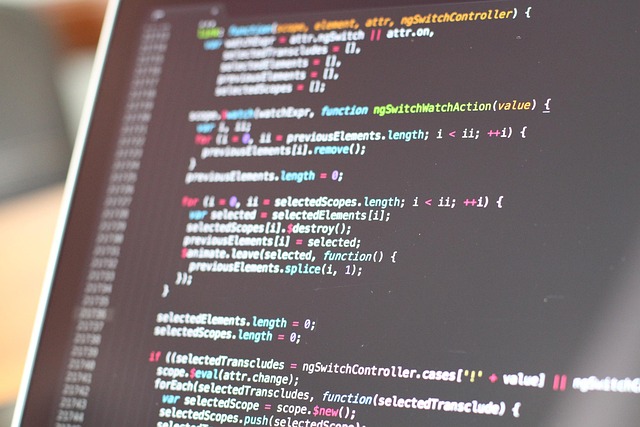
“Mastering Code Quality: A Developer’s Guide”
Mastering Code Quality: A Developer’s Guide
As developers, we often find ourselves in a race against time, juggling multiple tasks while striving to deliver functional software that satisfies both users and stakeholders. However, amidst this whirlwind, there is a silent but powerful factor that can make or break our success: code quality.
The Essence of Code Quality
Code quality goes beyond just making sure your application works; it’s about how maintainable, readable, and efficient your code is. Well-written code serves as a foundation for future development, enabling other developers (and even yourself) to understand it more easily. Think about it—poor quality code can lead to bugs, delays, and a hefty technical debt, which can haunt you long after the project wraps up.
Why Code Quality Matters
Imagine you are a chef whipping up a delicious dish. If you don’t follow the recipe correctly or use poor-quality ingredients, the dish may not turn out as intended. The same principle applies to coding. High code quality ensures that your “dish” is not only palatable but can also be served again, modified, or expanded upon without falling apart at the seams.
Key Principles of High-Quality Code
- Clarity: Write code as if the person maintaining it after you is a violent psychopath who knows where you live. This old adage emphasizes the importance of clarity in your code. Use meaningful variable and function names, and modularize your code into easily understandable functions and classes.
- Consistency: Establish and adhere to coding conventions and style guides. Consistency makes your code predictable and easier to navigate for anyone who may work on it later.
- Testing: Implement unit tests and automated testing as part of your workflow. A robust suite of tests acts as a safety net, catching potential issues before they can wreak havoc on your application.
- Documentation: While code should be self-explanatory to a certain extent, good documentation provides context and insight that can save hours of confusion. Aim for concise comments and comprehensive README files.
- Refactoring: Don’t be afraid to revisit and refine your code over time. Refactoring allows you to reduce complexity, improve performance, and enhance readability, contributing to overall better code quality.
Tools to Help You Achieve Code Quality
Fortunately, numerous tools can assist you in maintaining high code quality. Integrated Development Environments (IDEs) often come with built-in linters that flag errors and maintain coding standards. Additionally, you can leverage static code analysis tools, like SonarQube, to check your code’s potential vulnerabilities and best practices.
Moreover, code review platforms like GitHub and GitLab not only facilitate collaborative development but also ensure code quality by enabling peer reviews—an invaluable step before merging your code into the main branch.
Adopting Continuous Integration/Continuous Deployment (CI/CD)
Integrating CI/CD practices into your development workflow is another effective strategy to enhance code quality. CI/CD automatically tests code changes before they are deployed, allowing for immediate feedback and fast iteration cycles. This not only keeps your codebase cleaner but also fosters a culture of quality assurance within your team.
Embracing a Code Quality Mindset
Ultimately, mastering code quality is about fostering a mindset that prioritizes excellence and continuous improvement. It requires dedication, discipline, and a commitment to producing code that is as beautiful as it is functional. When you focus on writing high-quality code, you not only enhance your skills but also elevate the work of your team, creating applications that are robust and reliable.



